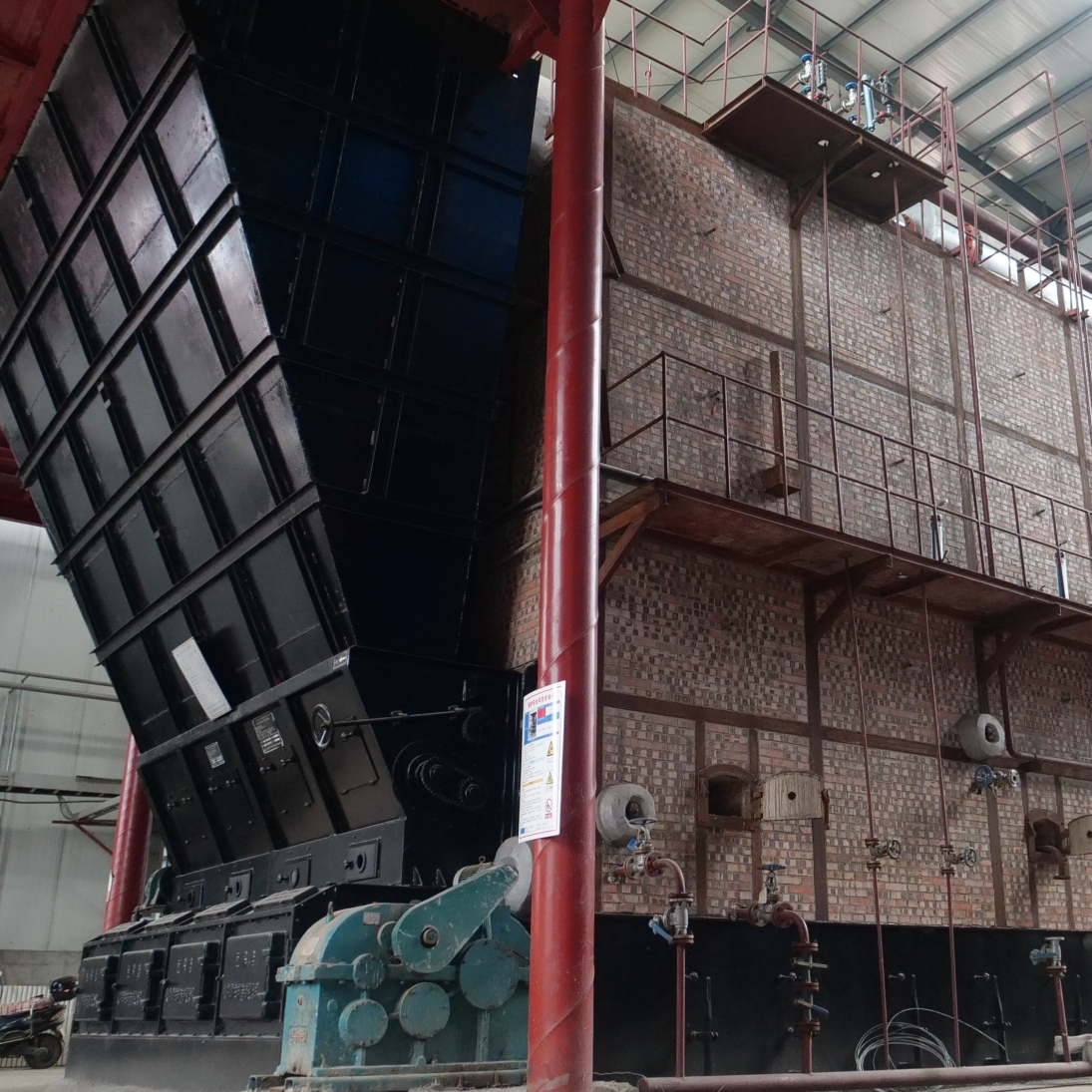
វិច្ឆិកា . 17, 2024 03:24 Back to list
Guide to Efficient Installation of a Steam Boiler for Optimal Performance
Installing a Steam Boiler A Comprehensive Guide
Installing a steam boiler is a pivotal task for any facility requiring heat and power generation. Steam boilers play a critical role in various industries, including manufacturing, food processing, and electricity generation, by providing reliable steam for heating, power, and even sterilization processes. Here’s a step-by-step guide to ensure a successful installation.
1. Planning and Site Selection
Before any installation begins, it's crucial to plan the positioning of the steam boiler. The location should be accessible for maintenance and fuel supply while adhering to local regulations regarding safety and emissions. Adequate floor space and clearance for airflow, along with considerations for plumbing and electrical connections, must also be taken into account.
2. Choosing the Right Boiler
Selecting the appropriate steam boiler is vital. Factors to consider include the boiler's capacity, efficiency, type (fire-tube or water-tube), and fuel type (natural gas, oil, or biomass). Consulting with an experienced engineer can help ensure the selection meets the facility's operational requirements.
Once the boiler has been acquired, it’s time to prepare the installation site. This may involve reinforcing the floor, ensuring that there is appropriate ventilation, and setting up any necessary plumbing and electrical systems. Proper groundwork can prevent issues later in the process.
installing a steam boiler

4. Installation Process
The actual installation can be complex and often requires professional help. Begin by placing the boiler in the designated area, ensuring it is level and securely anchored. Next, connect the boiler to the water supply, steam outlets, and any auxiliary systems like blow-off valves and safety controls. Depending on the boiler type, flue gas exhaust systems may also need to be installed to vent combustion gases safely.
5. Safety Checks and Testing
Before the boiler can be fully operational, it must undergo rigorous safety checks. This includes verifying all connections, testing safety valves, and ensuring there are no leaks. After initial checks, the boiler should be filled with water, and a pressure test should be conducted. Only after passing all safety inspections can the boiler be fired up for the first time.
6. Ongoing Maintenance
Once installed, a steam boiler requires regular maintenance to operate efficiently and safely. This includes periodic inspections, cleaning, and servicing of components. Establishing a maintenance schedule ensures longevity and helps prevent unforeseen breakdowns.
In conclusion, installing a steam boiler is a detailed process that requires careful planning and execution. By following these guidelines and working with experienced professionals, facilities can ensure a successful installation that meets their steam generation needs effectively and safely.
-
Best Steam Boiler Design PDF Free Design Calculation & Diagram Downloads
NewsJun.10,2025
-
Hot Boiler Water Heater Efficient Heating Solutions for Home & Commercial Use
NewsJun.10,2025
-
Steam Boiler Safety Devices High-Quality Protection Valves
NewsJun.10,2025
-
Ultimate Steam Boiler Checklist for Safety & Efficiency
NewsJun.10,2025
-
Optimal Hot Water Boiler Temperature Setting Guide
NewsJun.10,2025
-
Effective Hot Water Boiler Chemical Treatment Protect & Maintain
NewsJun.09,2025
Related PRODUCTS






















